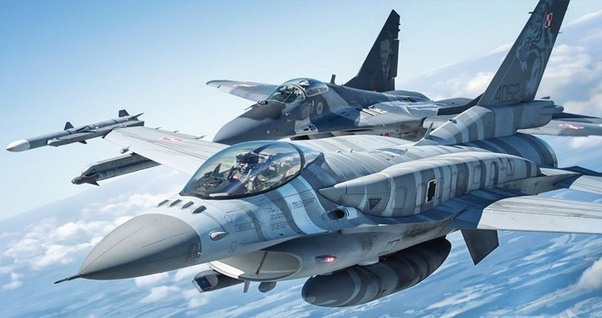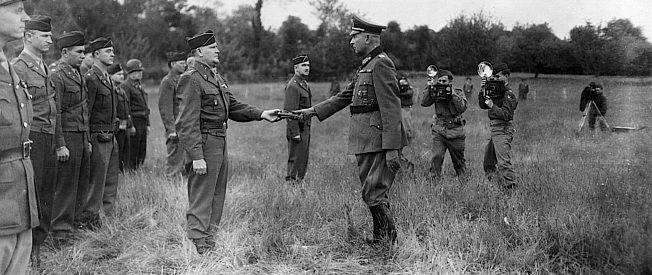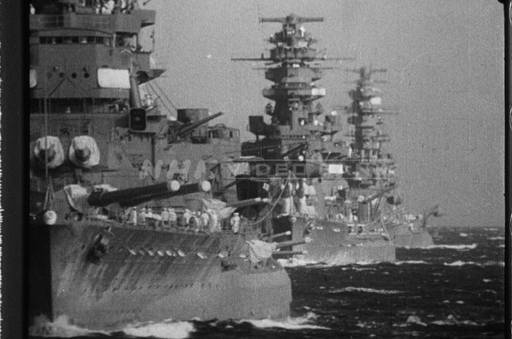

How difficult is it to transition from flying a MiG-29 to flying an F-16?
How difficult is it to transition from flying a MiG-29 to flying an F-16? Transitioning from flying a MiG-29 to an F-16 involves adapting to significant differences in flight controls, avionics, and handling characteristics, as well as learning new tactics and mission planning specific to the F-16.
Flight Controls and Cockpit Design:
The MiG-29 has a more traditional cockpit layout, with analog gauges and limited multifunction displays (MFDs), while the F-16 has a more advanced, ergonomic, and intuitive setup with digital MFDs and a hands-on-throttle-and-stick (HOTAS) design. MiG pilots may find the F-16’s control systems more user-friendly but will need to learn the nuances of HOTAS to make full use of the aircraft’s advanced systems.
Avionics and Systems:
The F-16 has superior avionics, including more sophisticated radar, navigation, and targeting systems. Transitioning pilots need to learn the functions of these systems and how to interpret the enhanced situational awareness they provide. Familiarity with the F-16’s avionics allows pilots to process more information faster, enabling them to make more strategic decisions in real-time.
Flight Handling and Aerodynamics:
The MiG-29 is known for its agility and high thrust-to-weight ratio, making it excellent for close combat and high-angle maneuvers. However, the F-16 has a different flight envelope and control sensitivity, which may feel smoother and more balanced to some pilots but may initially seem less responsive in high-angle maneuvers compared to the MiG-29. Pilots must adjust to the F-16’s unique handling and aerodynamic quirks.
Mission Training and Tactics:
The F-16 often uses NATO-specific tactics, which may differ from those used with the MiG-29. There’s also an emphasis on multirole capabilities in the F-16, so MiG pilots may need training in areas like ground attack and multi-mission planning if their prior experience was primarily air-to-air combat.
Language and Communication:
For MiG-29 pilots from non-NATO countries, transitioning to the F-16 might involve adapting to different radio protocols, brevity codes, and NATO-standard terminology, especially if they are integrating with other NATO forces.
Overall, with dedicated training, many MiG-29 pilots can successfully transition to the F-16, though mastering the differences in technology and flight characteristics typically takes several months.




